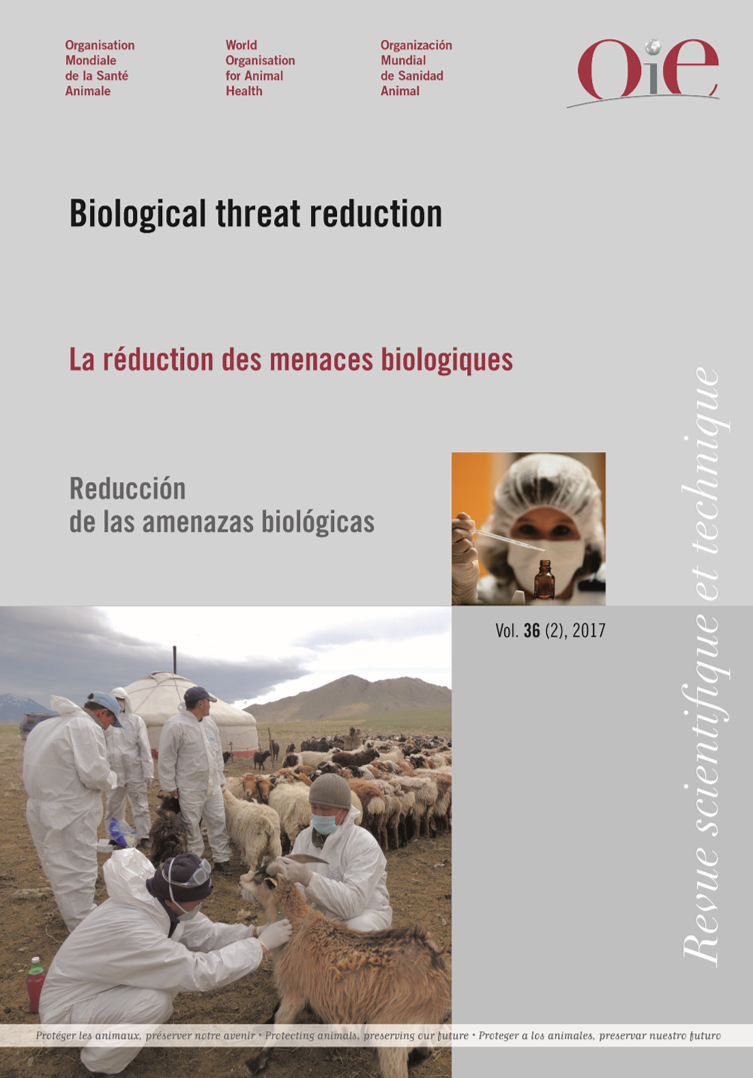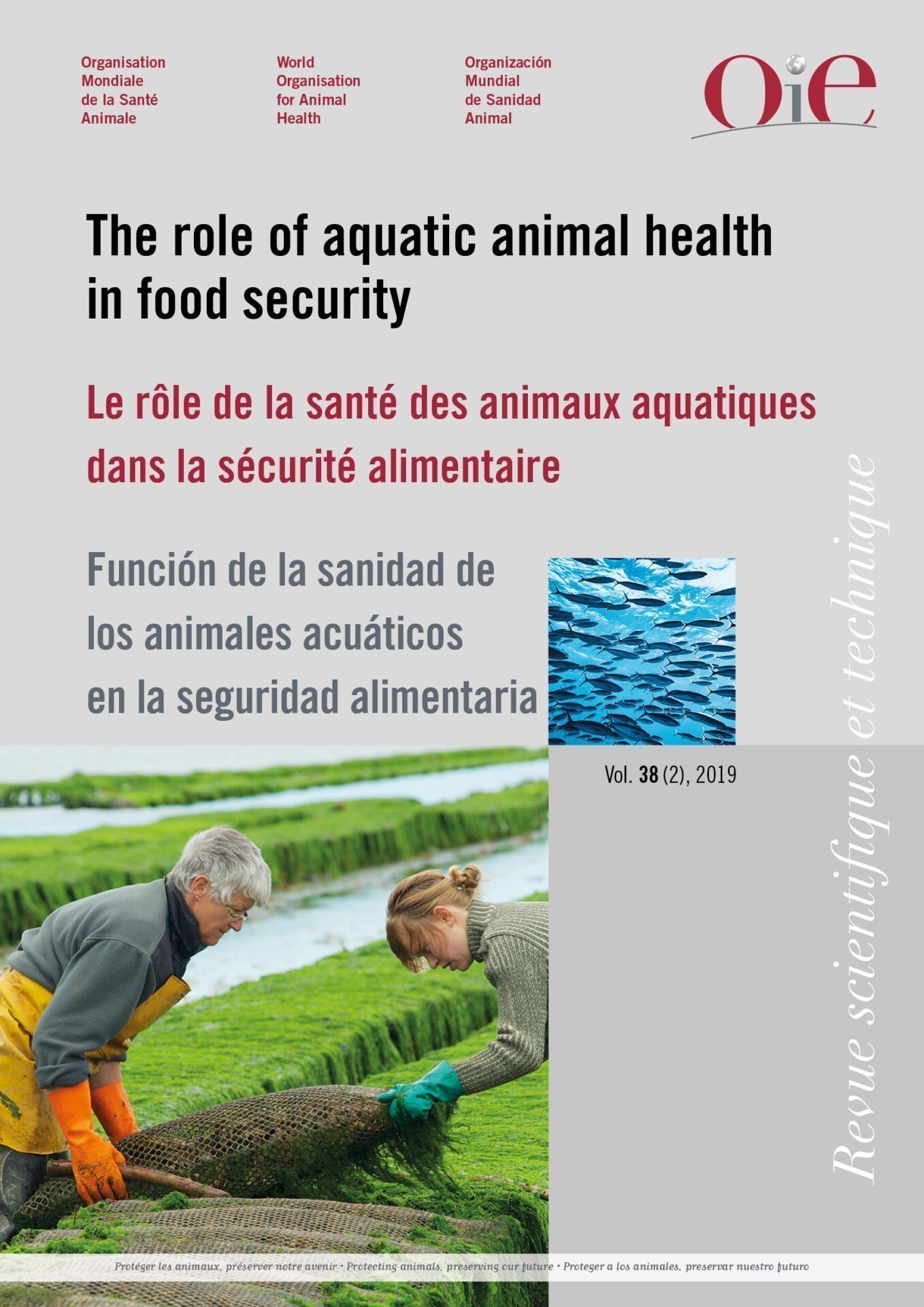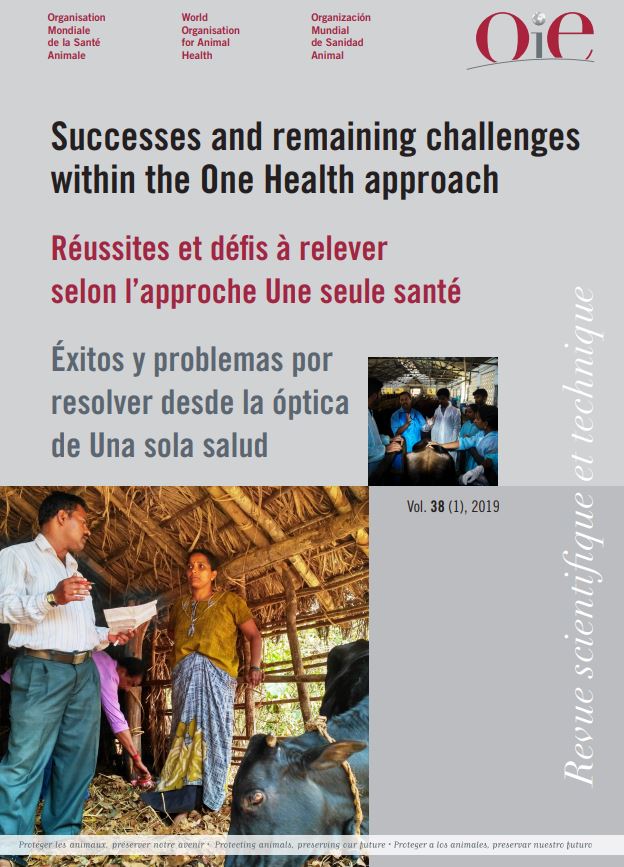Description
Animal diseases, including zoonoses, have the potential to negatively impact economies, the environment, society, and public health. It is currently thought that over 60% of human diseases and over 80% of agents that can be used for bio-terrorism are of animal origin. The emergence and spread of animal diseases, including zoonoses, is at an all-time high. This increase in disease emergence and spread is thought to be the result of an increase in intensive farming, global travel, human pressure on ecosystems and social unrest.
In addition, it looks at the potential impacts of animal pathogens, including zoonotic agents, on economies, social unrest, food security, and public health. It reviews current frameworks for an international response to a biological event and explores current United Nations mechanisms for response to an alleged use of biological agents. This volume also explores technological advances for early detection, surveillance, and response to a disease event. It concludes by discussing systems for strengthening global biosecurity and resilience and considering methods of ensuring the sustainability of these systems.
Vol. 36(2), 2017
ISBN 978-92-95108-31-8
21 x 29.7 cm, 347 pp.





